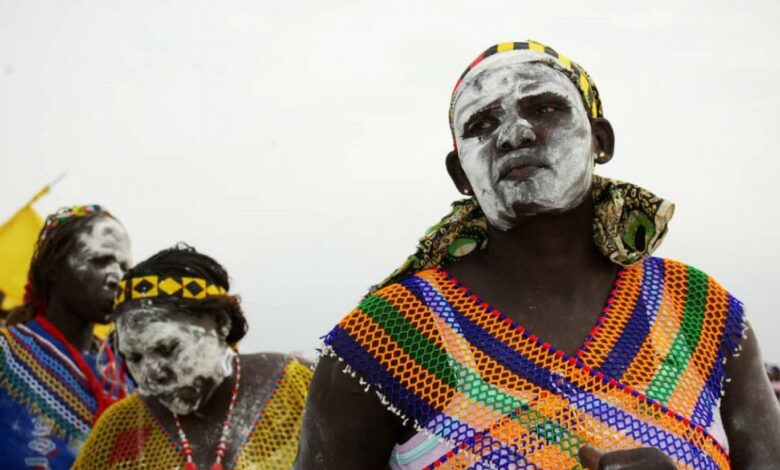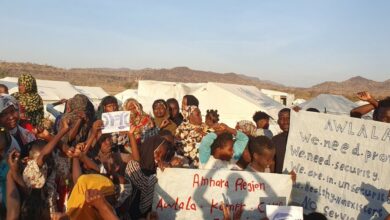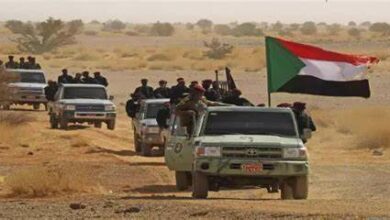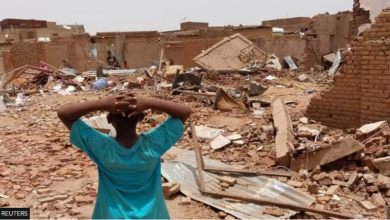The story of Sibar’s belief in Sudan

In life, death and dancing sing and beauty are different habits practised by the man of the Nuba Mountains region.
Because the Sudan is a multi-ethnic and multicultural country, customs and traditions pervasive exclusively to ethnic groups are widespread. Neither the circumstances nor the passage of time have changed them or terminated their existence.
Different culture
Most of today’s Sudanese culture concludes that it is a product of the Pharaonic culture, the Nubian culture, Christianity and Islam. When Arabs entered the Sudan and mingled with their indigenous people, Arab culture blended with African culture and produced a new Sudanese culture that is only widespread in the Sudan. This has drawn the world’s attention, heritage researchers and those interested in it. It has been documented by researchers on heritage from European and American continents.
Nuba Mountains
In western Sudan, specifically the Nuba Mountains region, which is one of the most culturally and heritage-rich areas, the nature of the place and way of life there have influenced the customs and traditions of the region’s people living between a series of mountains of up to 99 mountains. The people of the region are distinguished in their own way in expressing their joys and comforts, as well as having distinctive and attractive rhythms by drums. Their dance, which does not exist in any region of the world, and their costumes made of feathered and leather nature.
Annual Event
An annual event in the region is a series of celebrations called “Aspar” and its single “Spur”. This ritual takes place at the time of death and joy. On other special occasions, for example, when the boy reaches the age of 13, he is beaten with a whip on the back and once the ceremony is over, the boy moves into manhood.
Girls of the same age are detained three months later and according to their beliefs the girl is eligible for marriage.
Intent weather is meant as tattoos, a habit in which tattoos are made on the face and means that the people of the Nuba Mountains do not fear and prevent disease.
One of the customs of “aspar” in the Nuba Mountains community and tribes of African ethnicity is “kajur”, a word of a spiritual nature which means the great power that regulates the lives of individuals in the Nuba Mountains, and by the way one spiritual leader acts as a cleric.
Dr. Mohammed al-Khalifa says: “The life of the Nuba Mountains man is rich and full of customs, traditions and rituals that are neither influenced nor abandoned by the world. We note that the Nuba Mountains man does not leave his habits even if he holds the highest positions and moves to live outside his region. They are therefore endless habits and are not influenced by external pathways. It has so far remained unchanged in the way it performs. “
Rite of Death
As for the rituals of death, the successor says: “The man of the Nuba Mountains has long believed in death, celebrated the dead and established his own rituals. This reflects their close interdependence and indicates that the inhabitants of the region respect and do not forget the dead. Such rituals include beating on drums, gathering women to enumerate the characteristics of the dead in a certain way, such as crying and beating drums, slaughtering certain cattle such as cows and sheep, and presenting their heads at the funeral. “
As for the similarity of customs between backward groups, the successor said: “Customs vary from tribe to tribe and from religious group to religious group. But the difference is slight, where they come together on the basic idea and differ in the small detail. “
Adornment and beauty
Certain habits carried out by the residents of the Nuba Mountains are intended for cosmetic purposes that began hundreds of years ago and continue to this day, namely tattoos, embossing on the body, piercing the nose, ringing the mouth to make it dark and taking off the lower teeth in young people.
In this context, Nuba Heritage researcher Iman Mehtadi said, “Aesthetic habits are many and varied and vary from tribe to tribe, most notably nose and mouth piercing and multiple areas of the face and slaughterhead, a process in which the face is slaughtered in different areas because of beliefs that it preserves the face from aging.”
“All these practices are intended not only to be cosmetic, but to have other dimensions, where a hole in the mouth is made by a machine that is placed in the fire and heated with high heat so that it can puncture the mouth, and it is intended to pass the eating and drinking of the person after his death. They bury food and drinks with the dead. Dental dislocation reflects courage, heroism and the power to bear harm, as it takes place without any anaesthetic being clear. “
Free wrestling
Beyond the habits of beauty, the researcher Mahdi returns to the ritual life cycle and says that “wrestling is one of the rituals related to the life cycle in the Nuba Mountains. It is one of the most important popular sports and has its own time. It takes place in the harvest months from August to December and is known as non-violent and has other events including dancing and singing.”





